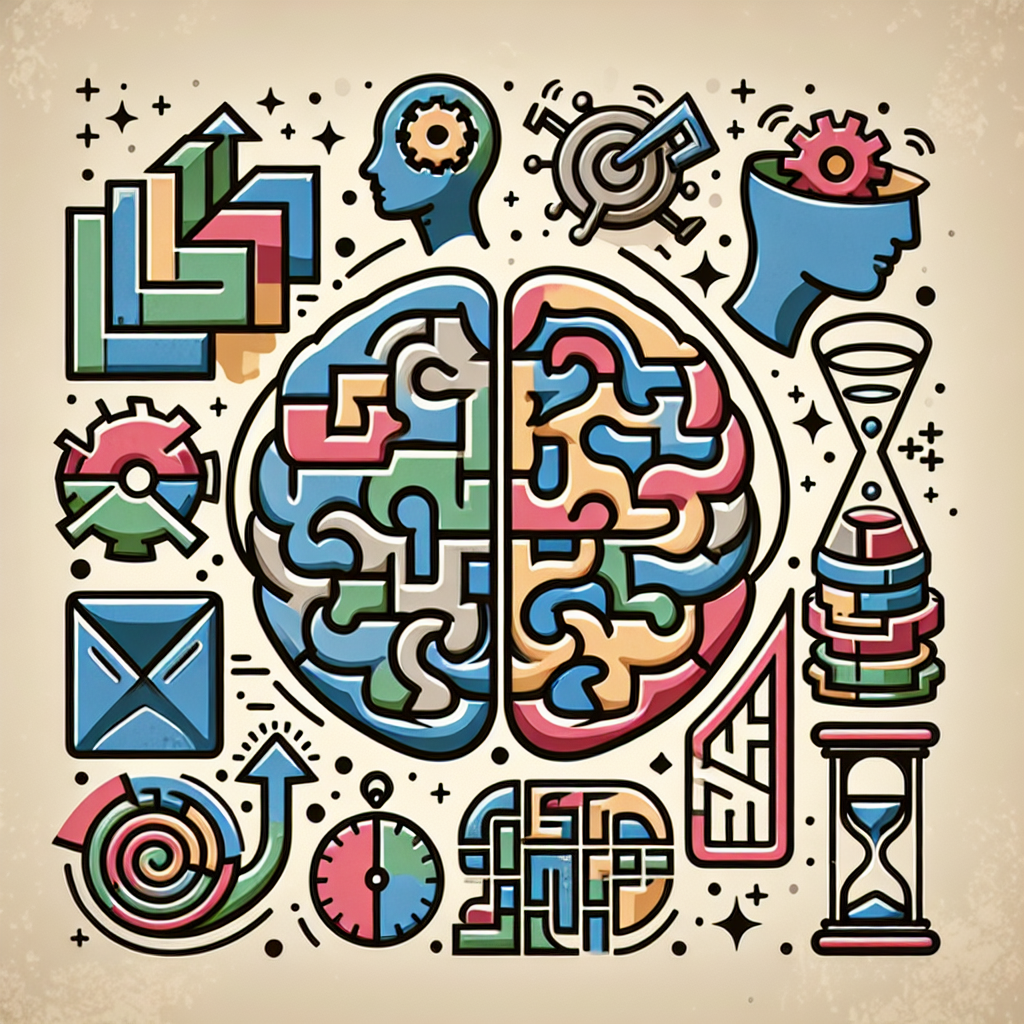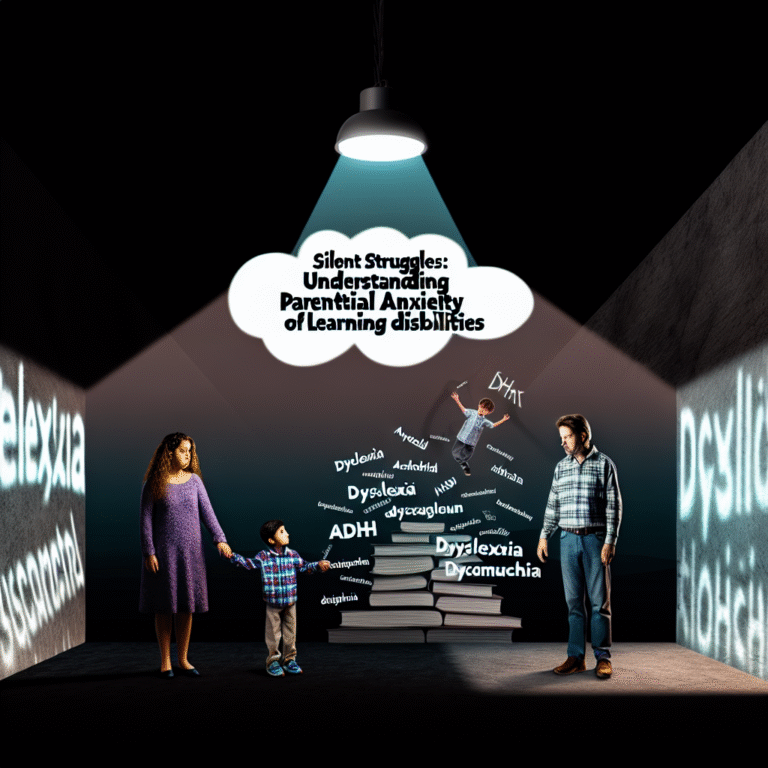
Understanding NVLD: The Ultimate Deep Dive into Its Symptoms and Effects
Introduction
Imagine navigating the world with a map that’s missing key landmarks. For those with Nonverbal Learning Disability (NVLD), this analogy can feel strikingly accurate. Understanding NVLD: A Deep Dive into Its Symptoms and Effects is vital for educators, parents, and the individuals themselves to foster a supportive environment. This article will provide insights into NVLD, explore its implications in daily life, and offer a comprehensive understanding of its symptoms and effects.
What is NVLD?
NVLD is a neurological condition characterized by a significant discrepancy between verbal and nonverbal cognitive abilities. Unlike other learning disabilities, NVLD is not easily recognized as it manifests more subtly in social situations, spatial awareness, and coordination skills. Understanding NVLD: A Deep Dive into Its Symptoms and Effects involves unraveling these complexities that can often go unnoticed.
The Neurological Basis of NVLD
Research suggests that NVLD may stem from atypical development in the right hemisphere of the brain, which is responsible for nonverbal communication, visual-spatial skills, and social cognition. Understanding how these neurological underpinnings affect behavior and learning is crucial. Notably, assessments by neuropsychologists can help reveal how these pathways differ from neurotypical individuals.
Symptoms of NVLD
Understanding NVLD: A Deep Dive into Its Symptoms and Effects requires a detailed examination of its multifaceted symptoms. While symptoms can vary widely, they typically group into three primary areas: social difficulties, spatial challenges, and motor coordination issues.
1. Social Difficulties
Individuals with NVLD may struggle with interpreting nonverbal cues such as facial expressions, body language, or tone. This can result in misunderstandings in social interactions and difficulty forming relationships.
Case Study: Emma
Emma, a 13-year-old girl diagnosed with NVLD, often found herself isolated in school. Teachers reported her inability to pick up on her classmates’ social cues, leading to awkward situations. After implementing social skills training, Emma made remarkable progress in understanding and responding to nonverbal communication.
2. Spatial Challenges
Spatial skills are essential for navigation, understanding maps, and visualizing three-dimensional objects. Individuals with NVLD often struggle with these tasks, which can impact academic performance, particularly in subjects like math and science.
Case Study: Daniel
Daniel, a 10-year-old boy with NVLD, had significant difficulties with geometry. His parents worked with educators to provide visual aids that helped him visualize shapes and their properties. This intervention led to improved understanding and performance in math.
3. Motor Coordination Issues
Many individuals with NVLD exhibit poor fine and gross motor skills, affecting their ability to participate in physical activities. This can lead to frustration and reduced self-esteem.
Case Study: Lisa
Lisa faced challenges in physical education classes due to her coordination issues. By focusing on exercises tailored to her needs, such as practicing ball skills in a non-competitive setting, Lisa found increased confidence and enjoyment in physical activities.
Impact of NVLD on Daily Life
Understanding NVLD: A Deep Dive into Its Symptoms and Effects reveals not just the challenges but also the far-reaching implications of NVLD on daily life.
Academic Challenges
Students with NVLD often excel in verbal domains but may struggle significantly with subjects demanding spatial reasoning. Teachers and parents must work together to create customized learning plans that highlight strengths while addressing weaknesses through interventions like specialized tutoring.
Social Impact
The inability to navigate social nuances can lead to isolation and low self-esteem. Psychosocial support is essential in helping individuals with NVLD develop meaningful connections and foster healthy relationships. Social skills groups can provide a safe space for practice and growth.
Emotional Well-being
The internalization of social struggles can lead to anxiety and depression among individuals with NVLD. Early intervention and support groups can mitigate these feelings, providing a platform for sharing experiences and coping strategies.
Navigating Life with NVLD
While understanding NVLD: A Deep Dive into Its Symptoms and Effects reveals significant challenges, it’s equally important to focus on strategies for managing those challenges effectively.
Support Systems
Families play a key role in providing emotional and practical support. Encouraging open discussions about NVLD fosters an environment where individuals can express their feelings and seek advice confidently.
Educational Accommodations
Educators can assist students with NVLD through various accommodations, such as providing extra time for assignments, offering verbal instructions, and utilizing multimodal teaching strategies.
Therapeutic Interventions
Therapies focused on social skills training, occupational therapy, and behavioral therapy can significantly improve the quality of life for those with NVLD. These interventions help individuals develop coping strategies and build essential skills necessary for everyday interactions.
Building Self-Advocacy
Teaching individuals with NVLD to advocate for themselves is crucial. By providing them with the tools to articulate their needs and challenges, they can foster a sense of independence and empowerment.
Conclusion
Understanding NVLD: A Deep Dive into Its Symptoms and Effects allows us to appreciate the intricacies of this condition. From social difficulties to academic challenges, individuals with NVLD navigate a unique set of circumstances. By providing support and fostering understanding, we can enhance the quality of life for those affected by NVLD and help them thrive in their daily experiences.
FAQs
What is NVLD?
Nonverbal Learning Disability (NVLD) is a condition characterized by strong verbal skills but significant deficits in nonverbal communication, social skills, and spatial reasoning.
How is NVLD diagnosed?
NVLD is typically diagnosed through comprehensive psychological evaluations that assess cognitive abilities and behavioral patterns.
Can NVLD be treated?
While there is no cure for NVLD, interventions like therapy, educational support, and social skills training can help manage symptoms.
What are the common misconceptions about NVLD?
Many believe that individuals with NVLD cannot succeed academically. However, they often excel in verbal tasks and may require support in specific areas.
How can parents support a child with NVLD?
Parents can offer support by advocating for their child’s needs, providing emotional reassurance, and encouraging social interaction in safe environments.
- Is there a connection between NVLD and anxiety?
Yes, many individuals with NVLD experience anxiety due to social challenges and academic pressures. Support and therapy can address these concerns effectively.
By piecing together the intricate puzzle that is NVLD, we progress toward fostering greater empathy, understanding, and support for those living with the condition. Remember, knowledge is the first step toward compassion and change.











